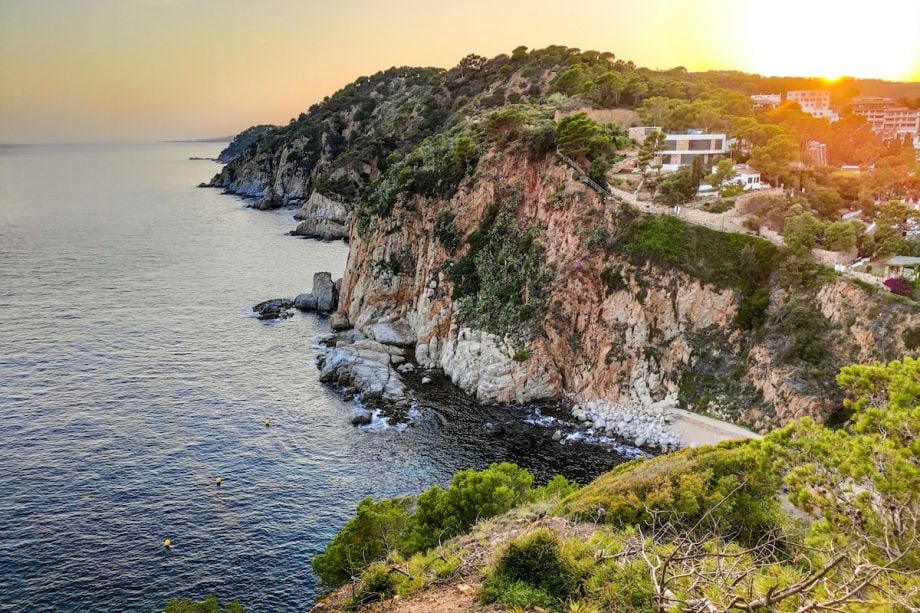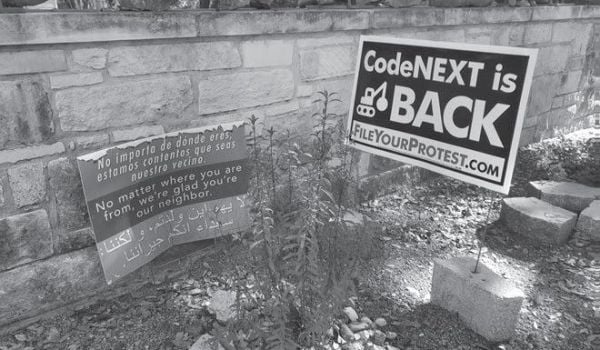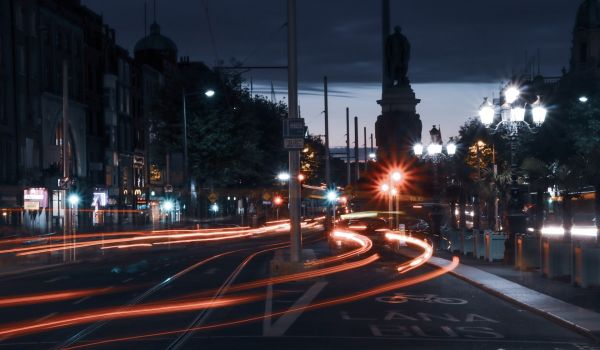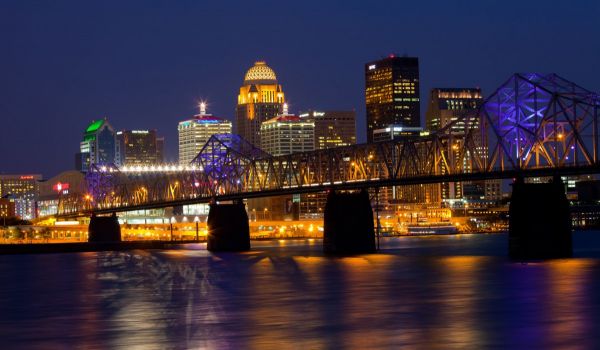The first thing I noticed about the neighboring property was, in retrospect, its least interesting feature. My wife and I had swapped our Barcelona apartment for a Costa Brava bungalow for two weeks. Nearly every day we walked from our lodgings to the town’s sandy beach, each time passing by this strange compound.
What caught my eye was a skinny pine. The two-story house’s bulky concrete balcony had been cast with holes to allow the tree to remain in place, untouched. It was the kind of detail that announced this was a house of import, one designed by an architect with something to say.
Yet this was hard for me to square with the boxy and plain structures themselves, which were covered in what looked like dull-brown stucco. I found them, to be honest, a bit ugly. Brutalist, as a visiting friend observed. Plus the property was thick with skinny pines and underbrush, native vegetation overrunning every square foot. So much so that, at first, I didn’t realize there were actually two separate buildings. Overgrown and untended, I thought.
But for some reason I could not stop thinking about the property. For the fortnight we stayed in Llafranc, the Costa Brava beach town of our home exchange, I walked by those houses and they ran through my mind. It was not for lack of architecture to consider. Each day’s walk took us past scores of properties, from hotels to villas to apartment buildings. There were white-washed Mediterranean classics and modernist cubes. Some were beautiful, others dull, many unremarkable.
As I took more walks, exploring beyond Llafranc and the neighboring towns into undisturbed nature, I finally understood. The yard, too, was part of the design. It was a patch of coastal forest, preserved around those two structures. A hillside of properties like that one, I realized, would have looked very much like, well, a hillside. The facades were the shade of bark, or a boulder, or a cloudy sky. With trees in front and to the sides, they disappeared, unlike virtually any of the other homes I passed. The simple lines meant more square-footage on a smaller footprint, keeping more of the site undisturbed. The smaller of the two structures was even on stilts, leaving room for shrubs to grow beneath it and animals to potentially pass underneath. It may have been a box, but it let nature thrive on all six sides.
I eventually learned the name of the owners, an architect couple. A quick read of their website confirmed my hunches: Sustainability and site preservation were guiding forces in the design. And I learned the exterior was not made of stucco, but of cork, a historic product of the neighboring town of Palafrugell.
What they had created is a visual feast, if one that took me some digesting. They had transformed an ordinary beach town site, making the most of a hillside-turned-beach suburb. Yet to my mind their work also held a counterintuitive argument. As I walked from the tiny town to our hillside perch, by the cheek-by-jowl apartments on the beach and then the generous lots beyond, it struck me that the two houses made a case for, of all things, density.
The architects, both Harvard-trained, had taken pains to ensure “the terrain was modified as little as possible,” and the effect was bewitching. But it was hard to ignore that I had taken this visual journey only due to the slash of road required to reach and build these hillside residences. Sidewalks, power lines, gas delivery trucks — this is what made this site possible. Plus the property stood out because it was in such stark contrast to the neighboring properties’ heavy alterations: overbuilt driveways, carpet-like asphalt, and hardly a native shrub in sight.
Perhaps it was the walk up and down the hill talking, but the experience was a reminder that every extra apartment in the town’s center, every additional story, every building constructed to its site’s maximum capacity allowed for more preservation. More forest to be left standing, more coastline left undisturbed, more parks in town — in sum, more unbuilt space.
I’m not suggesting the Manhattanization of the Costa Brava, or any other beachside or small town. But all but the most extremely ecological home is serviced by a road, and all roads lead back to that important choice between growing upwards and growing outwards, between fitting more humans onto long-inhabited land and endlessly devouring once-wild spaces. It’s telling that some of the oldest buildings in the town, the ones crowded by the shore, often three or four stories tall, made this argument most effectively of all.
Our neighbor’s non-interventionist vision was brilliantly executed and inspiring to encounter. If more builders had their sensibilities, it would be an improvement. But the transformation we need cannot come plot-by-plot. The manifold crises we face, from climate and biodiversity to racial equity and justice to housing and loneliness, demand grander action.
Whether we want to preserve coastlines or forests, meadows or deserts, choosing density achieves those ends, and takes us a step closer to a net-zero future. And the social benefits — walking more, seeing friends more easily, aging in place — are myriad. We can treasure architectural marvels that make every effort to meld with their environmentals, but they shouldn’t just inspire us to want to create more houses like them. They should encourage us to change how and where we live.
Michael Kavate writes the newsletter Cooler Futures and is a senior reporter with Inside Philanthropy








_600_350_80_s_c1.jpg)








Add to the Discussion
Next City sustaining members can comment on our stories. Keep the discussion going! Join our community of engaged members by donating today.
Already a sustaining member? Login here.